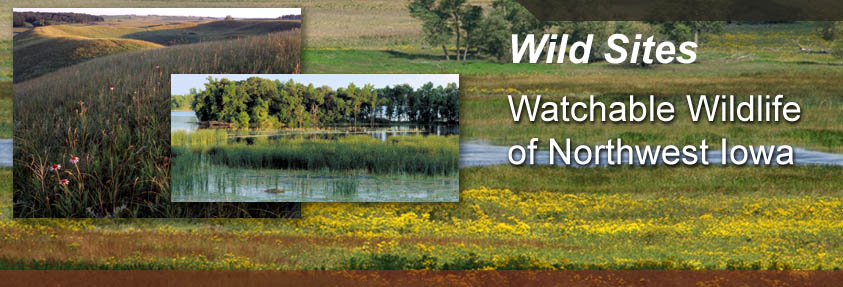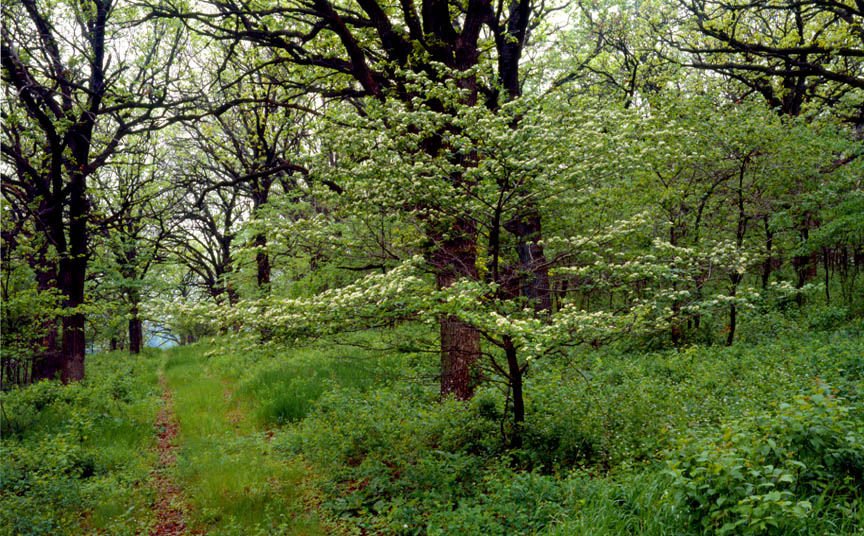 |
||||||||||||||||||||||
 |
||||||||||||||||||||||
 |
||||||||||||||||||||||
| Kettleson Hogsback
Mapping Wetland Sounds (3-8th grade/30 minutes) Activity in Brief: Students will use listening skills to map sounds they hear when visiting the site. Objectives: Students will become aware of and be able to distinguish a variety of sounds in a natural setting. They will use their creativity to create a key to their map. Correlation with Science Standards: Unifying Concepts and Processes- Systems, Order and Organization Science as Inquiry- Abilities to do Scientific Inquiry Physical Science- Position and Motion of Object Life Science- Organisms and Their Environments Advance Prep: None Materials: Paper plate, pencils, crayons or colored pencils FYI: Learning how to listen is an important component of wildlife watching, especially bird watching Procedure: Discuss the purpose of bird and frog sounds (territory and mate selection). Ask participants if they usually see or hear an animal first. Describe bird songs by playing common bird calls. Listen to songs several times and talk about the descriptive words used to identify certain calls- fast, slow, harsh, chattering…) Give each student a paper plate. Position them individually in the habitat so they are not close to each other. Have them divide the plate in half and then in fourths by using a criss-cross line. Make an X in the center of the plate- that represents where the student is sitting in relation to the surrounding environment. Draw major features in the area, such as trees, fences, lakes, pond…. Tell students to mark the location of bird songs and other sounds they hear and describe each sound they hear. They can use different colors, use words or symbols to indicate the sound. When time is up, have the group come together again and share their sound maps. How did they describe what they heard? What symbols, words, colors did they use on their maps? Adapted from: Bridges To Birding, National Fish & Wildlife Foundation |
||||||||||||||||||||||
| Wild Categories | Photo Gallery | |||||||||||||||||||||